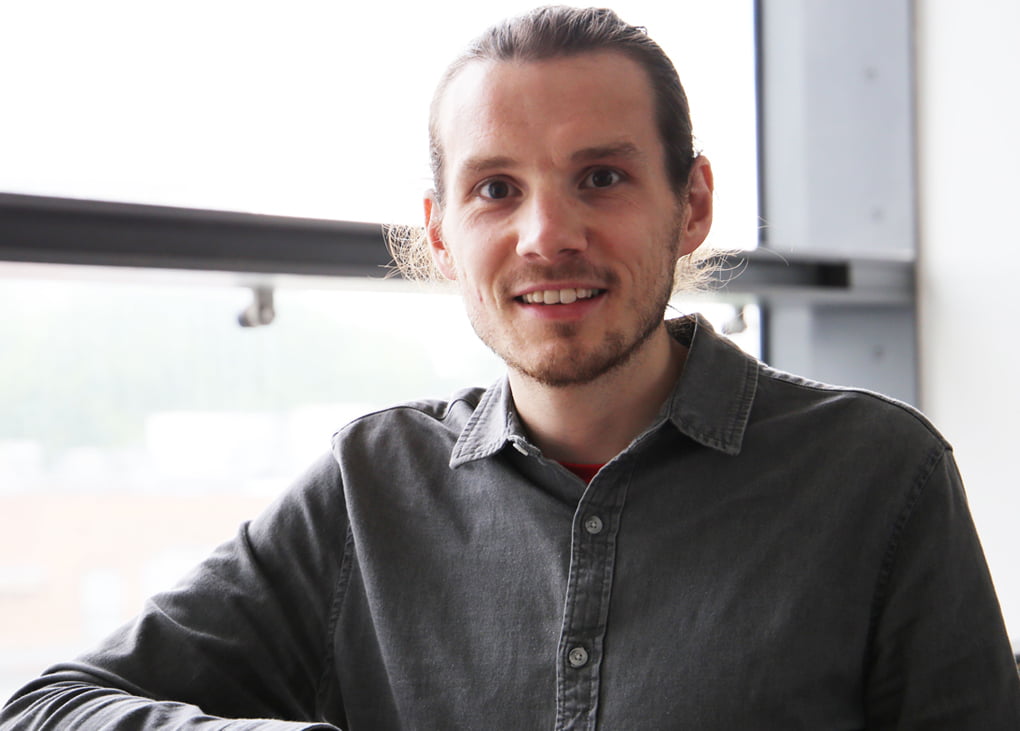Future turbine optimisation could mean considerably more efficient use of waste heat from the manufacturing industry, and in so doing reduce its environmental footprint.
That’s the finding by City University of London’s Dr Martin White, whose research appears in Applied Thermal Engineering. The research explores a novel organic Rankine cycle system, based on a two-phase expansion through numerical simulations.
“One of the most promising groups of waste-heat recovery technologies are those that are able to convert this waste heat into electricity,” he says. “However, current technologies, typically based on the organic Rankine cycle (ORC) – which is similar to a steam cycle but operates with a different fluid rather than water – typically have relatively poor thermodynamic performance and are associated with high costs.”
Waste heat from many manufacturing industries is typically ejected into the environment. Recovering it could therefore play a significant role in reducing the manufacturing sector’s environmental footprint.
In a conventional ORC system, power is produced by the turbine, which is designed to operate with a fluid in a gaseous state. This is done to avoid the presence of liquid droplets within the turbine that could damage or erode the machine. However, previous investigations have suggested that the admission of a two-phase fluid (a combination of liquid and vapour) could enhance power output.
If a suitable turbine design intended for two-phase operation can be designed, Dr White believes the ORC system performance could be enhanced.
The simulations he has carried out indicate that for waste heat temperatures up to 250°C, the introduction of two-phase expansion could generate up to 28 per cent more power than conventional single-phase systems. Some possible designs for the turbine are proposed. These require further investigation.
 Matt Dillon
Matt Dillon


Leave a Reply